High-Performance Joint Firestopping
The Evolution of Preformed Firestop Materials
Sponsored by Trim-Tex, Inc. | Presented by David Mistler
Webinar On-Demand
This course will detail the progression of early building joint firestop methods to today's best practices such as preformed firestopping and fire-rated drywall accessories. Architects, engineers and specifiers will benefit from this presentation.

Photo courtesy of Trim-Tex, Inc.
 |
David Mistler joined CEMCO mid-2023 to assist in marketing and sales of the firestop product line. He also provides technical support for internal and external CEMCO customers, the design community & code officials. Previously he spent 13+ years as the Director of Firestop for a leading contractor. In that role they expanded to 16 locations with 6 being UL Qualified Contractor facilities. During that tenure David was an active member of the Firestop Contractor International Association (FCIA) and engaged in various committees. Prior to the firestop contracting business, David was with a leading construction products company for 21 years. During that time, he contributed to the development and introduction of several firestop products that remain available to the industry today. He also influenced the development of various industry standards related to the firestop segment. |
By designing and producing the industry's finest, most innovative vinyl drywall solutions for over 50 years, Trim-Tex aims to elevate drywall finishers to become masters of their craft, all while saving them time and money. Drywall isn't finished without Trim-Tex!
Originally published in Building Enclosure
Originally published in May 2025
LEARNING OBJECTIVES
- Cover the historical context and evolution of special inspection provisions within the International Building Code, including the transition from the Uniform Building Code.
- Identify the specific requirements and conditions under which special inspections are mandated for construction, including the distinction between periodic and continuous inspections and the types of construction elements subject to special inspection.
- Evaluate different joint treatment types for their advantages and disadvantages, particularly their durability, cost, safety, and longevity.
- Identify a variety of wall-to-wall, bottom-of-wall, and head-of-wall joints, including their UL assemblies and ratings.











